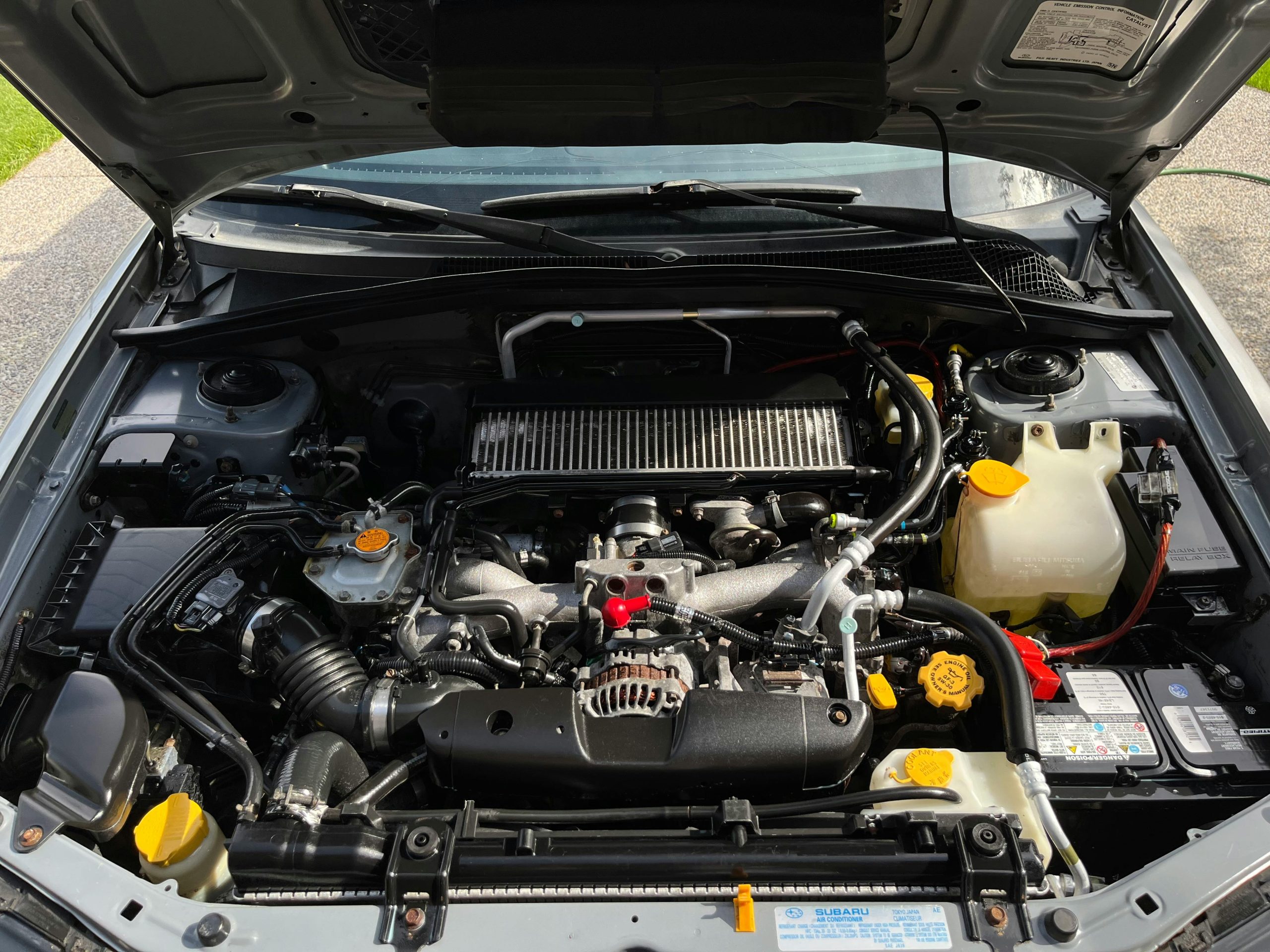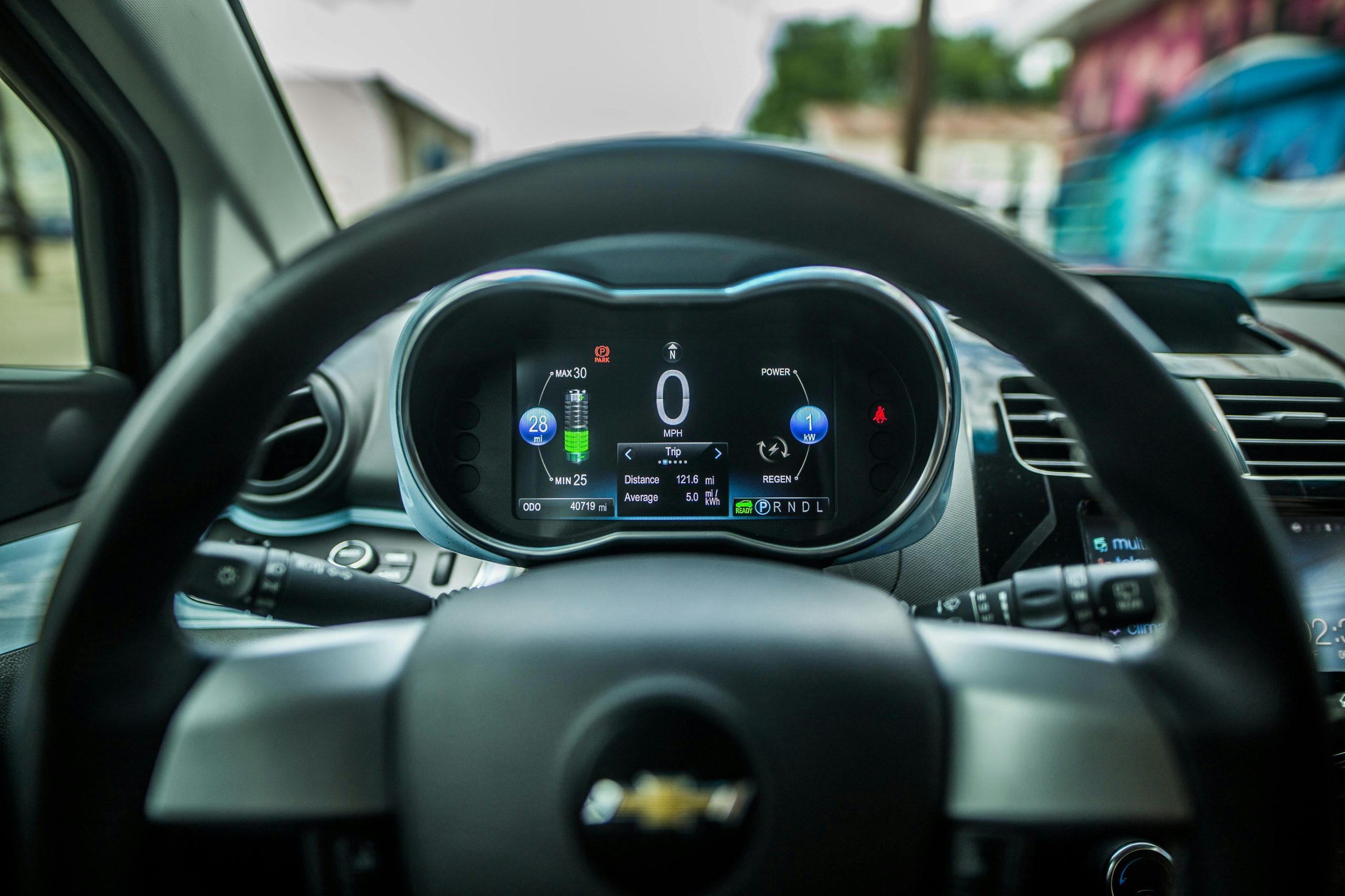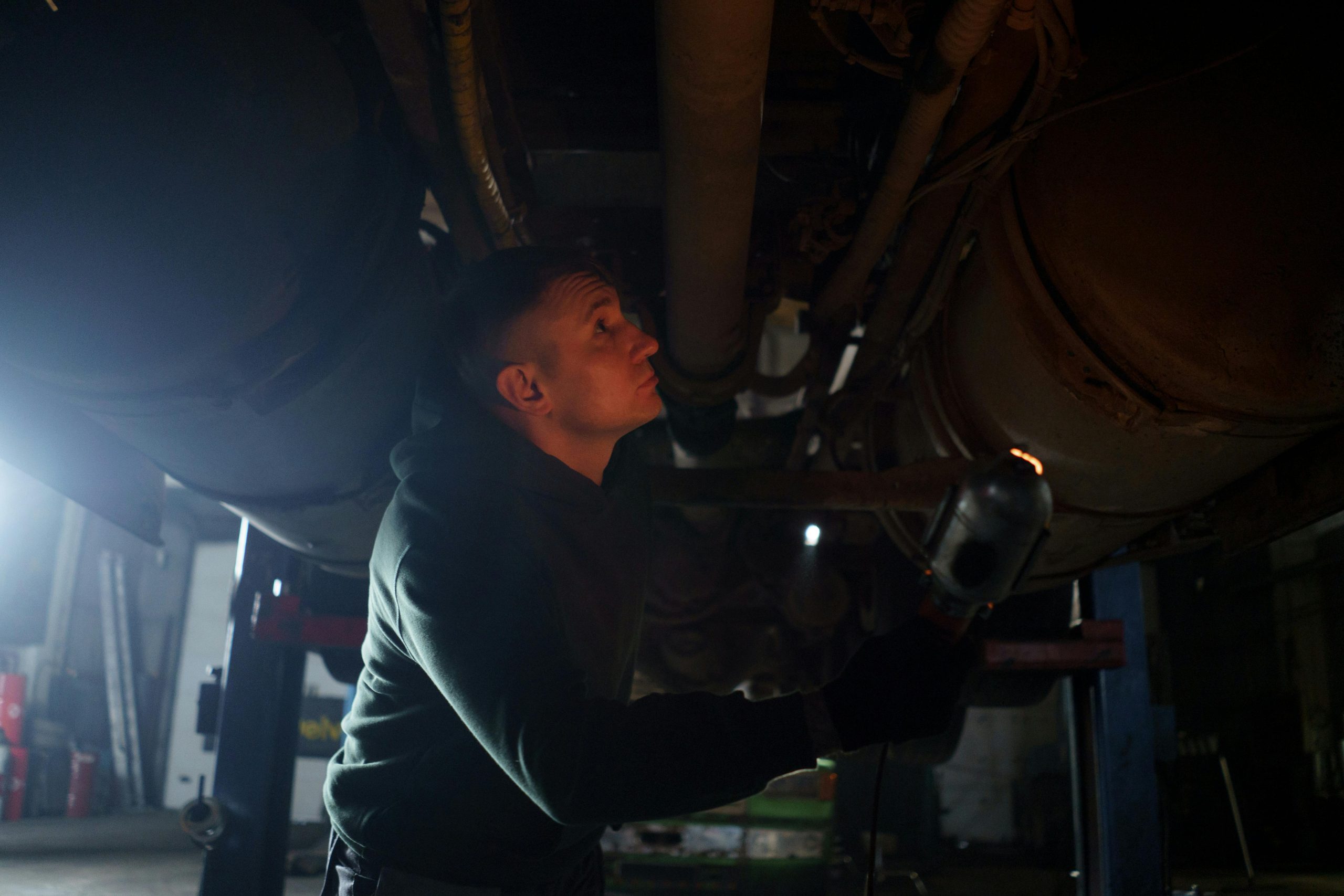Nothing is more frustrating than turning on your car’s air conditioning (AC) on a sweltering day, only to feel warm air blowing in your face.
This common issue can turn a pleasant drive into a sweaty ordeal. But why does this happen, and more importantly, how can you fix it?
In this article, we’ll explore the causes of a malfunctioning car AC and provide practical solutions to cool things down.
Common Reasons Your Car AC Blows Warm Air
1. Low Refrigerant Levels
Refrigerant is the lifeblood of your car’s AC system. It’s responsible for cooling the air before it circulates into your car’s cabin.
Over time, refrigerant levels can drop due to leaks or natural depletion. When the system is low on refrigerant, the AC loses its ability to produce cold air.
Signs of Low Refrigerant:
- AC blowing warm or lukewarm air.
- A noticeable hissing sound under the hood.
- The AC system cycles on and off frequently.
Solution: Take your car to a mechanic to check for leaks and recharge the refrigerant. This process ensures your AC runs efficiently.
2. Faulty Compressor
The compressor is the heart of the AC system. It pressurizes the refrigerant and circulates it through the system. If the compressor isn’t functioning correctly, the refrigerant won’t flow, and your AC will fail to cool the air.
Signs of a Faulty Compressor:
- Strange noises when the AC is on.
- AC stops working suddenly.
- Warm air even when the AC is set to max cool.
Solution: A faulty compressor usually needs to be replaced. Regularly running your AC for a few minutes during off-seasons can prevent compressor failure by keeping it lubricated.
3. Clogged or Damaged Condenser
The condenser cools down the refrigerant after it’s been compressed. If it’s clogged by dirt or debris or damaged from road impacts, the refrigerant can’t cool properly. This results in warm air being blown into your car.
Signs of Condenser Issues:
- Reduced cooling efficiency.
- Visible damage to the condenser fins.
- Overheating of the AC system.
Solution: Inspect the condenser, usually located in front of the radiator, for blockages or damage. Clear debris carefully, but for severe damage, a replacement may be required.
4. Electrical Issues
Modern cars rely heavily on electrical systems to run the AC. A blown fuse, bad wiring, or malfunctioning sensors can disrupt the AC’s ability to function properly.
Signs of Electrical Problems:
- AC doesn’t turn on at all.
- Inconsistent cooling performance.
- The AC indicator lights don’t work.
Solution: Check the fuses and electrical connections. If you’re unfamiliar with car electrical systems, consult a professional to diagnose and repair the issue safely.
5. Broken Blend Door Actuator
The blend door actuator controls the direction of airflow in your car, including whether the air is heated or cooled. If the actuator is stuck or broken, warm air may bypass the cooling system and enter your cabin.
Signs of a Broken Actuator:
- Inability to switch between cold and hot air.
- Clicking noises when adjusting temperature settings.
- Airflow feels stuck on one temperature.
Solution: Replacing a faulty blend door actuator is the only solution. While it’s a relatively inexpensive repair, accessing the actuator can be complex and may require professional assistance.
How to Cool Down Your Car’s AC System
Fixing your car’s AC system doesn’t have to be overwhelming. Here are actionable steps to bring back the chill:
1. Perform Regular Maintenance
Prevention is better than cure. Schedule routine maintenance for your car’s AC system, including checking refrigerant levels, cleaning components, and inspecting for wear and tear.
2. Run the AC Weekly
Even during winter, run your AC for a few minutes weekly. This keeps the compressor lubricated and prevents seals from drying out, extending the system’s life.
3. Check for Visible Issues
Inspect the AC components for visible damage or blockages. Clean the condenser and ensure nothing obstructs airflow. Always handle components carefully to avoid further damage.
4. Recharge the Refrigerant
Low refrigerant is the most common cause of warm air. Use a DIY recharge kit or visit a mechanic to refill the refrigerant to its optimal level.
5. Seek Professional Help
Some AC problems, like compressor failure or electrical issues, require specialized tools and expertise. Don’t hesitate to visit a qualified mechanic for a thorough diagnosis and repair.
Tips for Keeping Your Car Cool
While you’re fixing your AC, try these simple hacks to stay cool:
- Park in shaded areas or use a windshield sunshade.
- Crack your windows slightly to allow hot air to escape.
- Use a portable fan or cooling seat covers for temporary relief.
Conclusion
A car AC blowing warm air can be a nuisance, but understanding the causes and solutions can help you address the problem effectively.
Whether it’s a simple refrigerant recharge or a more complex repair like replacing the compressor, taking action early will ensure you enjoy a comfortable and cool ride again.
Regular maintenance is the key to keeping your car’s AC in top-notch condition. Stay cool, and happy driving!



